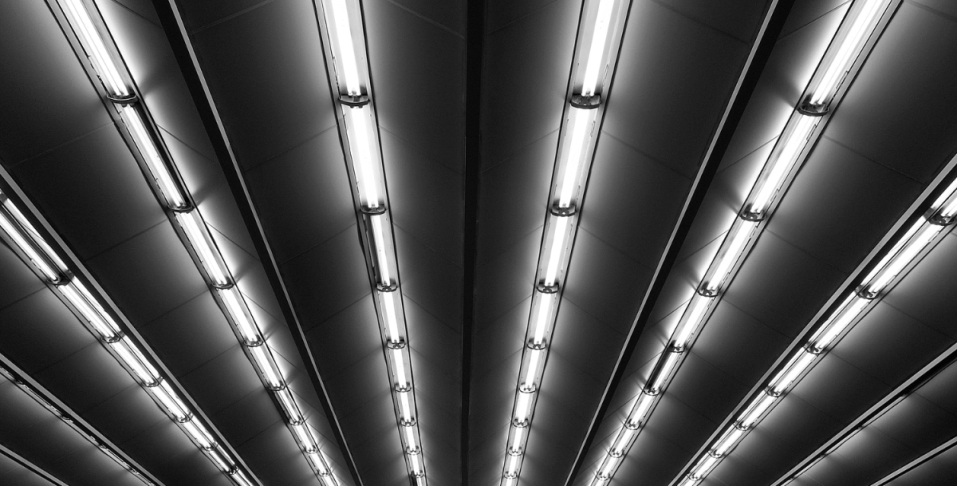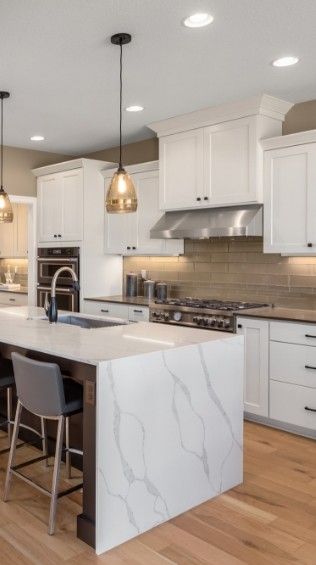When determining what size light bulb you need, it is a common misconception that the base size isn’t relevant; we are here to debunk that. This guide covers these issues, what you need to know, and when to use various types of light bulbs in industrial spaces.
Why Do I Need to Understand Types of Light Bulb Bases?
Understanding the base type you need allows the bulbs to have longer lifespans because there is less risk of malfunctioning. You will also save money due to fewer replacement and maintenance costs.
What Should I Know About Selecting a Bulb Base Type?
-
Consider the specific fixture. Determining which bases are compatible will narrow down your options. If this is a new application, you will use a different base style than retrofitting a bulb into existing housing.
-
The number on the base indicates the base’s width or the millimeters between the pins. For example, an E39 base is 39mm long, and a G5 base has two pins 5mm apart.
-
Most PL lamps or fluorescent tube replacement bases will either be ballast compatible (Type A) or require a ballast bypass (Type B). Ballast compatible means the ballast isn’t required to be removed for operation—it's also called ‘plug-and-play’ because it plugs directly into existing housing. A ballast bypass occurs when the fixture needs the ballast disconnected to operate.
-
Bases considered ‘hybrid’ work with or without a ballast. Products labeled as ‘universal 3-in-1’ refer to a dual-ended fixture (usually tube lights), with one end being Type A and the other being Type B. These tubes can either keep the ballast or operate with a single-end or dual-end Type B.
This page explains the various ballast compatibility options for tube lights and helps you determine what you need.
What Bases Are Used in Commercial and Industrial Spaces?
Screw Base vs. Pin Base
Most bulbs installed in commercial or industrial spaces are going to have a screw base or a pin base. Certain screw base bulbs can install directly into a fixture without replacing the wiring, but some require a ballast bypass. A pin base is typically used for fluorescent tube replacement, where the pins connect directly to the fixture.
PL Lamps
PL lamps, or plug-in lamps, replace fluorescent PL lamps and compact fluorescent lamps (CFL). With either 2-pin or 4-pin bases, they work in various fixtures, including retrofit applications and recessed lighting. These lamps can be installed in wall sconces, can lights, and pendant lights.
Below are some common PL lamp bases.
-
G23/GX23: These bases feature two pins usually placed closer together. The G23 and G23X bases are similar, but since the GX23 has two pairs of notches on the bottom and the G23 only has one on each side, they cannot replace each other.
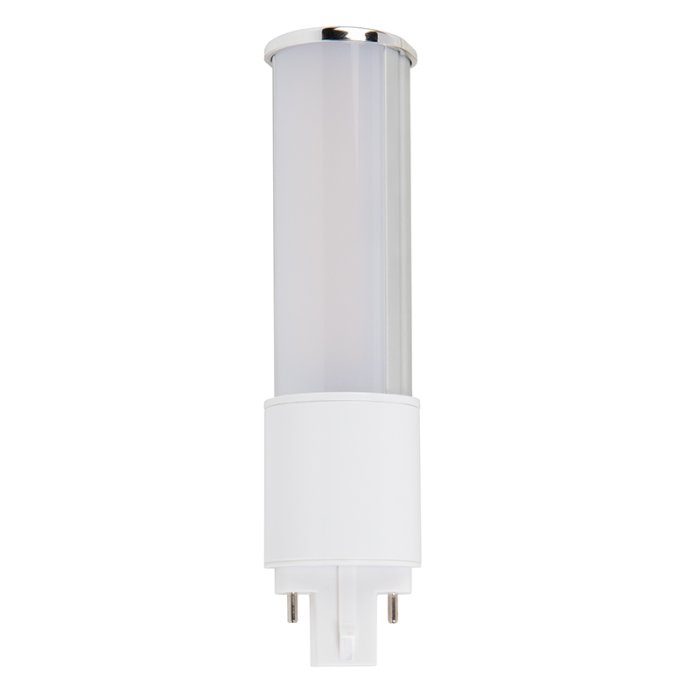

G23 Base
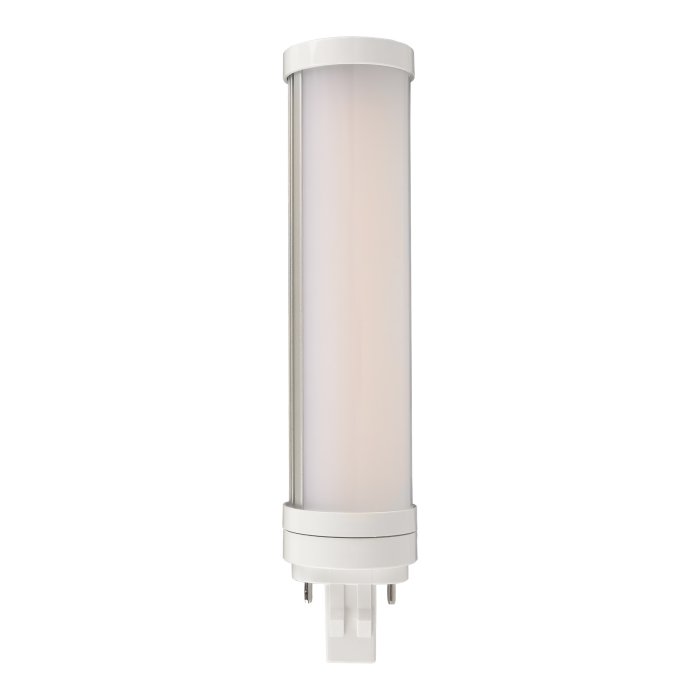

GX23 Base
- G24D: This base has two pins that sit slightly farther apart than the G23 pins.
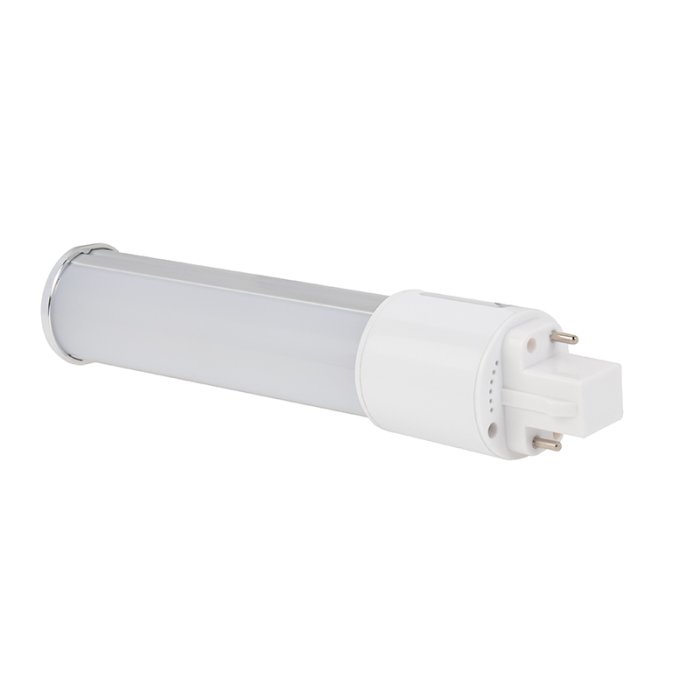

- G24Q/GX24Q: You can use these interchangeably. Unlike the previous bases, these feature four pins, allowing them to operate at a higher wattage than the G24 bases. However, this is a slight difference for LEDs because they have a lower operating voltage than traditional bulbs.


E12/E14
E12 bases are known as candelabra bases, whereas E14 bases are referred to as European bases. Both base types are used for smaller bulbs in decorative lighting applications, such as restaurants or event spaces. Common fixtures that E12 and 14 bases are installed include wall sconces, pendant lights, and chandeliers. Due to their size difference, these bases are not interchangeable.
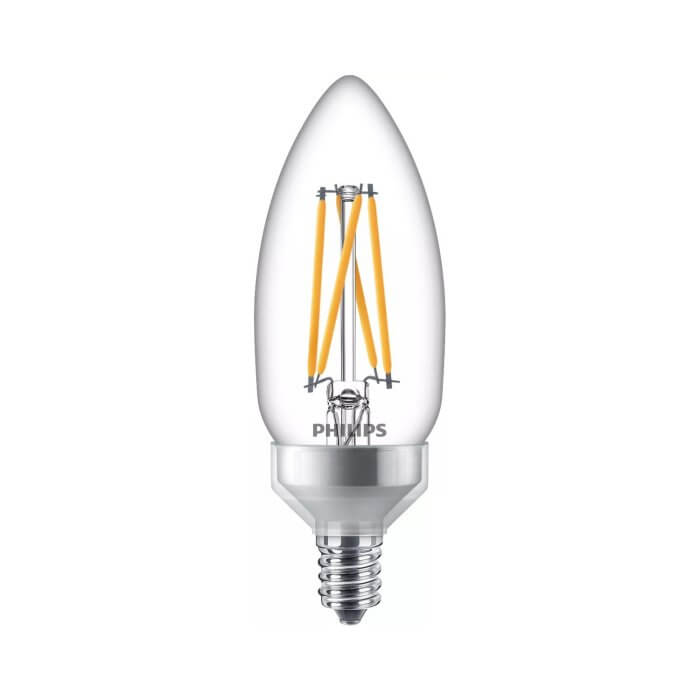

E12
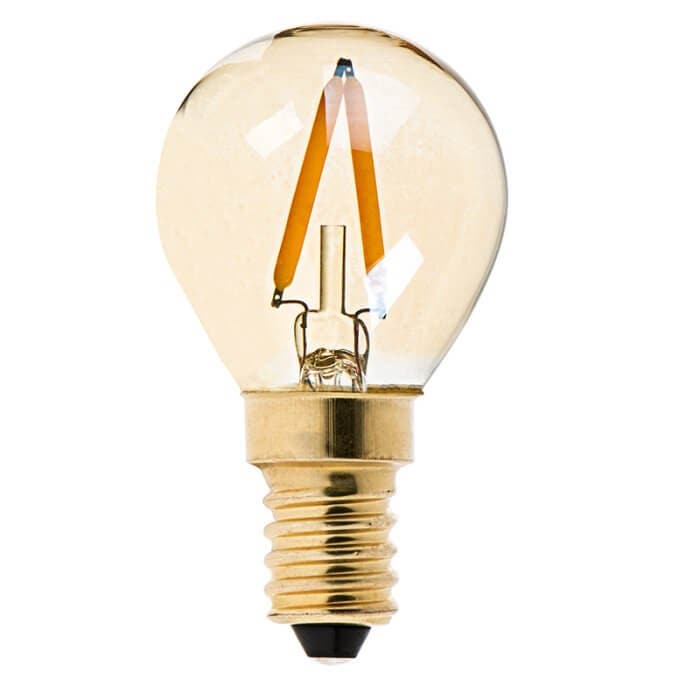

E14
E26/27
E26/E27s are larger bases that are interchangeable. Before you replace the other, verify the new bulb's voltage to ensure it’s compatible with the fixture. Common types of E26/E27s include corn bulbs, high bays, and high-output filament bulbs. These bases can screw directly into existing housing for an easier installation.
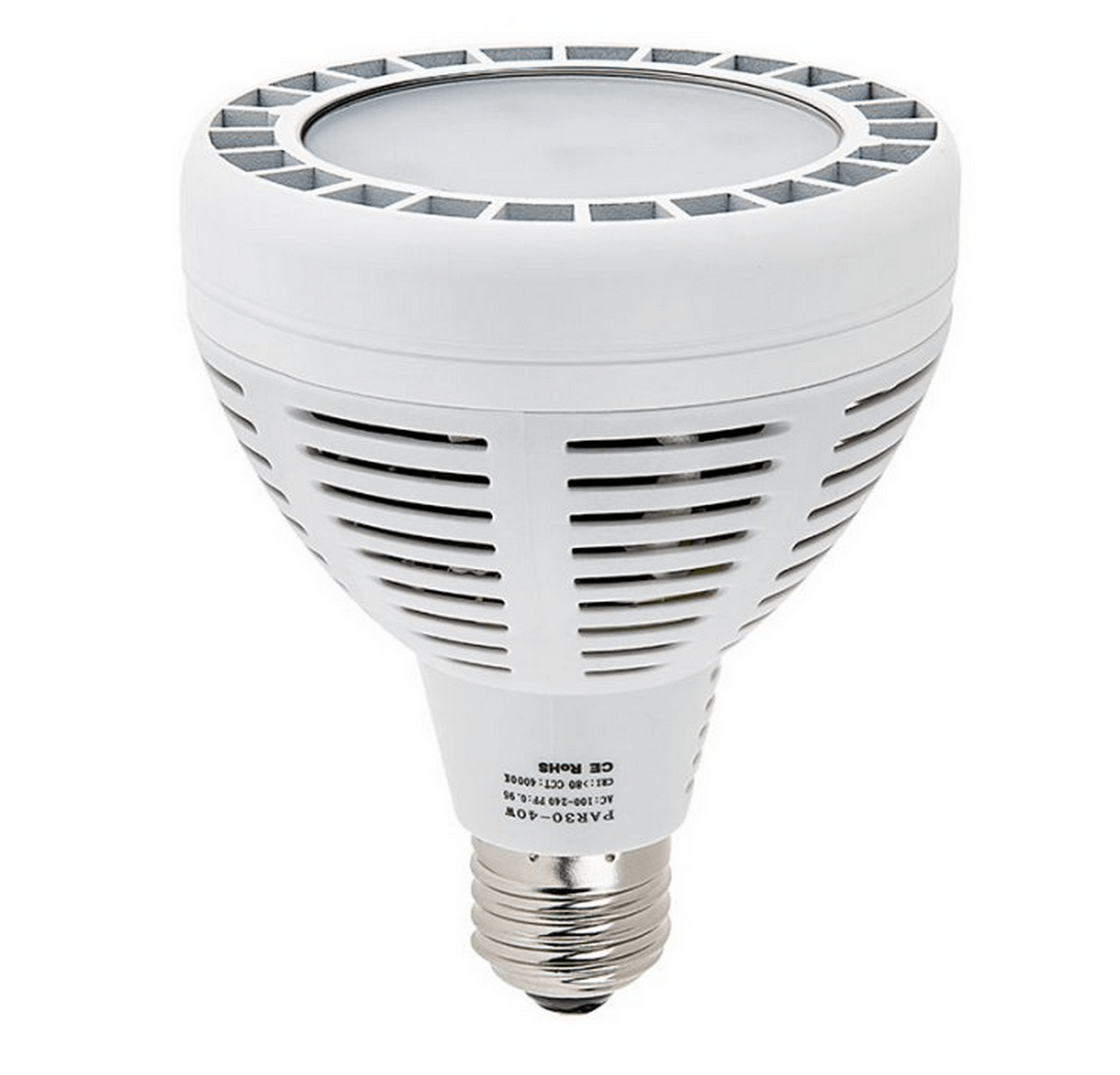

E39/EX39
Known as the Mogul base, E39/EX39 bases are another type of screw bulb often used to replace metal halide or incandescent bulbs. These bases are common in high bays, high filament lamps, glass HID lamps, and corn bulbs. You might install these for overhead lighting in warehouses, industrial facilities, factories, or retail stores. EX39 bases are compatible with both E39 and EX39 sockets, but E39 bases can only be installed in E39 sockets.
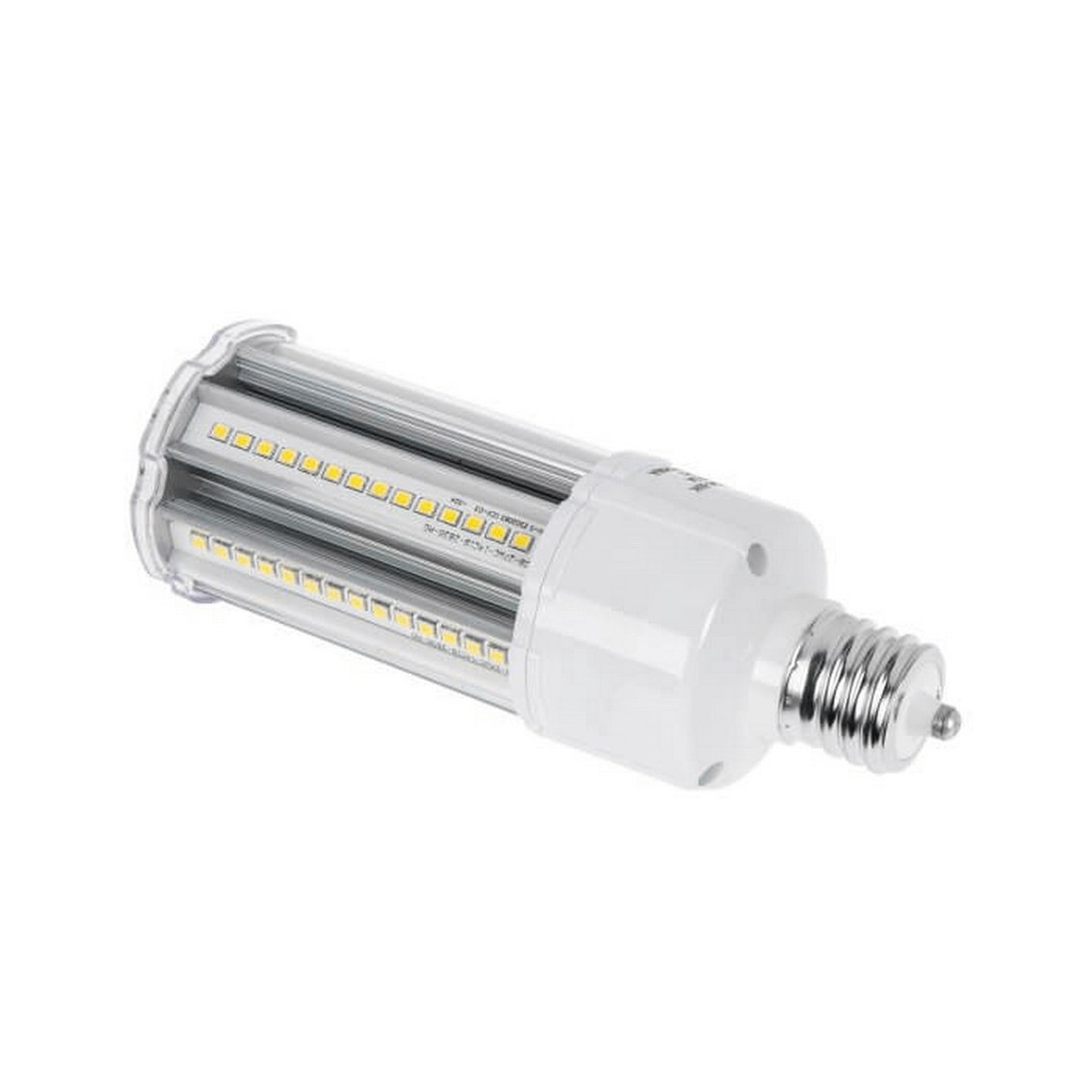

FA8
An FA8 is a single-pin base that attaches to the socket. These bases generally replace T8 or T12 tube lights. Install these tube lights in industrial and commercial applications such as parking garages or warehouses.
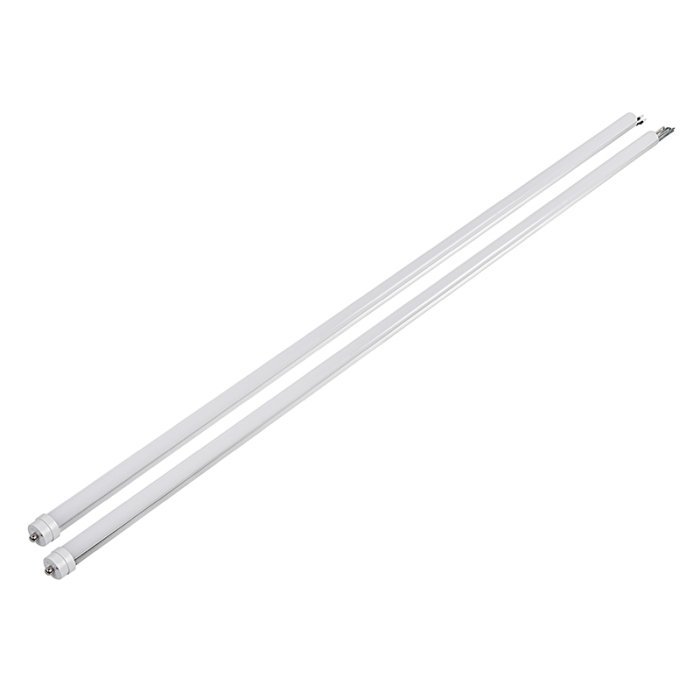

G5
A miniature bi-pin base replaces T5 fluorescent tube lights. Certain fixtures require direct wire installation. Use these for overhead lighting in schools, hospitals, or office spaces.
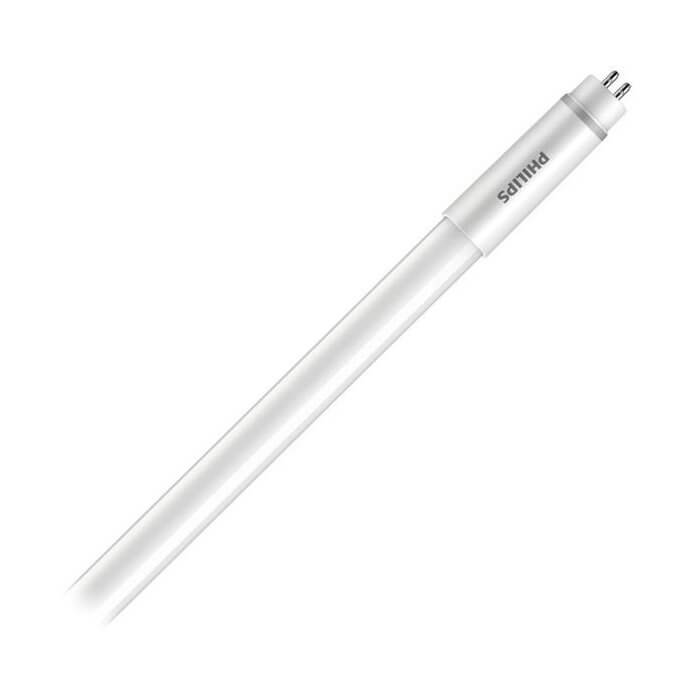

G13
A medium bi-pin base that typically replaces T8 or T12 tube lights. Install these in the aisles of warehouses or manufacturing plants or in restaurants.
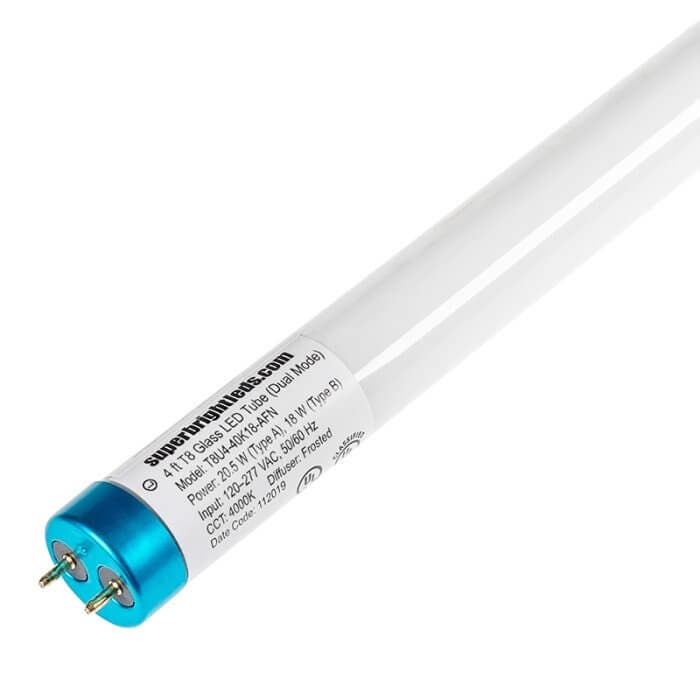

R17D
These bases have recessed double contracts, featured on 8’ tube lights. You can install the R17D tube lights in industrial facilities and warehouses. Specific tube lights can operate with R17D adapters. These adapters come as a kit and attach to the existing base.
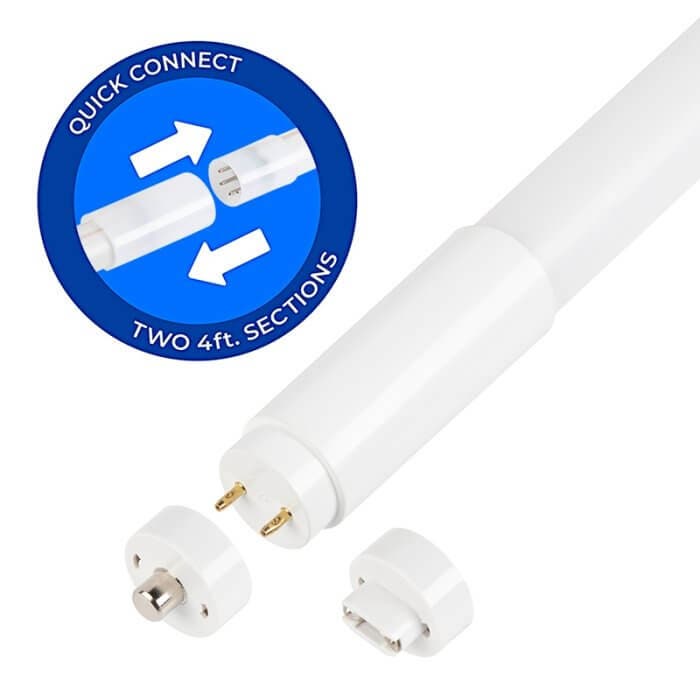

Tube light with a R17D adapter (adapter on far right)
Purchasing a Bulb That Doesn’t Fit into the Socket
If you have a bulb that doesn’t fit into the socket, purchase a base adapter. These adapters act as connectors, allowing a socket to hold a bulb of different sizes. Each adapter has two sides—the socket and the bulb—and each side will label its correlated measurement.


